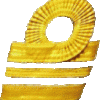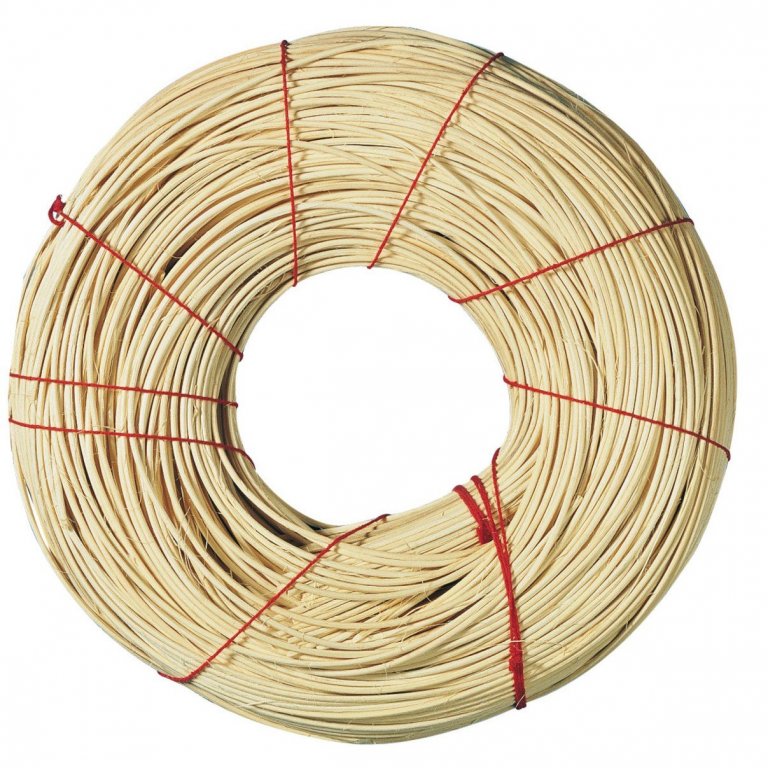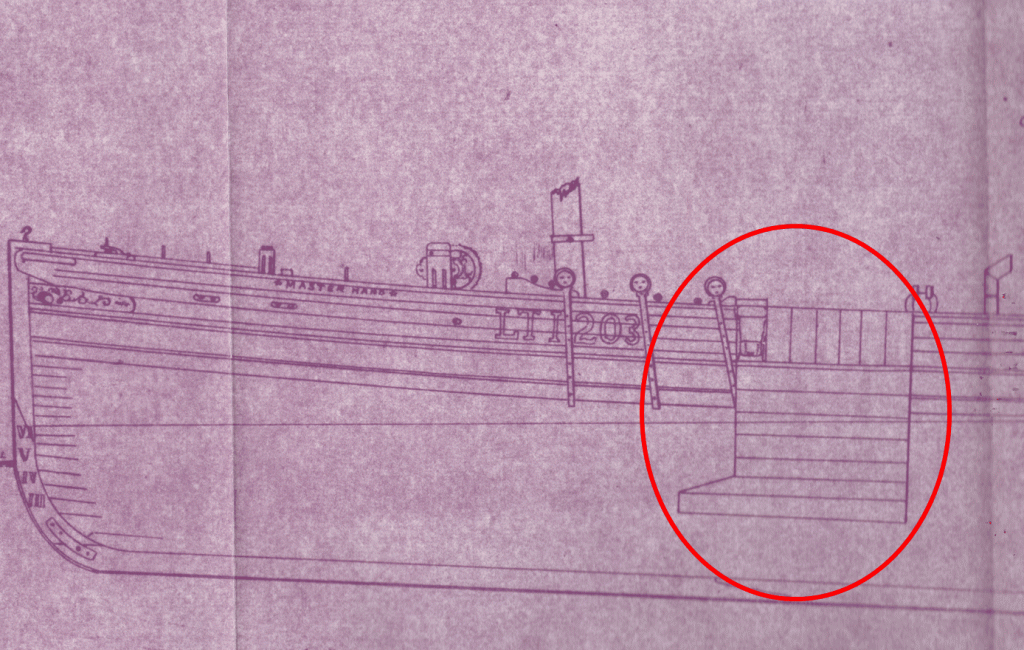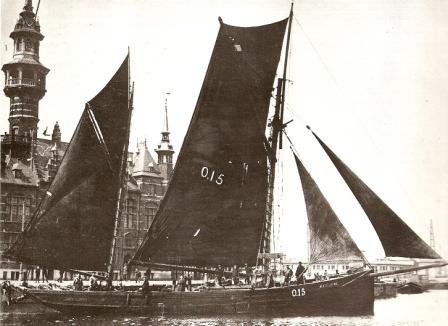-
Posts
1,553 -
Joined
-
Last visited
Content Type
Profiles
Forums
Gallery
Events
Everything posted by G.L.
-
- 219 replies
-
- smack
- cross-section
-
(and 2 more)
Tagged with:
-
19.2.2 The Mast cleats Some 75 cm above deck level there are 5 cleats around the mast, 3 normal ones and two big ones. Making the cleats: The cleats around the mast.
- 219 replies
-
- smack
- cross-section
-
(and 2 more)
Tagged with:
-
Adequate method for making belaying pins. Thanks for sharing, I have to make pins as well soon for my smack cross section. I think I will use your method.
- 306 replies
-
- schooner
- la jacinthe
-
(and 1 more)
Tagged with:
-
Oops, thought you finished your model already😁. I am sure that it will be a masterpiece as well.
- 124 replies
-
- longboat
- Chaloupe Armee En Guerre
-
(and 1 more)
Tagged with:
-
Congratulations, Tony. Beautiful model! Nice base plate as well, what kind of wood is that?
- 124 replies
-
- longboat
- Chaloupe Armee En Guerre
-
(and 1 more)
Tagged with:
-
19.2 The spars. The mast fittings. 19.2.1 The Mast hoops I make mast hoops of pit cane. It can be bought in hobby shops and is used for basket braids and flower arranging. The outside surface of the mast hoops is flat, the inside round. To make the flat surface I cut a slice of one side of the pit cane. The I make the pit cane wet, wind it around a round pipe with a slight bigger diameter than the mast and let it dry. Next day the pit cane can be removed from the pipe like a spiral to be cut in separate rings. I make a jig to glue the mast hoops. A wooden plank in which I drill holes of the same diameter as the mast hoops. With the help of that jig I determine the exact size of the pit cane rings and the overlaps that I need to glue them. I file the overlaps. Put some wood glue on them and press the hoops in the jig. The mast hoops, stained and varnished around the mast.
- 219 replies
-
- smack
- cross-section
-
(and 2 more)
Tagged with:
-
Thank you Patrick, trying to keep up the standard of the Belgian ship modelers.
- 219 replies
-
- smack
- cross-section
-
(and 2 more)
Tagged with:
-
My showcases are not as nice as yours. They are a lot more basic. Below the case that I made for my HMS Triton cross section. On top of the case stands a model of a friend. The table below is not a part of the showcase.
-
Thank you, Keith Thanks, Pat Carl, I have no idea what 'pritty spiffy' means but I assume that it is a positive comment, so thank you also very much.
- 219 replies
-
- smack
- cross-section
-
(and 2 more)
Tagged with:
-
20.3. Finishing the hull. Painting the hull. I tried to postpone this part as long as possible. I decide to go for a tarred look above the waterline like I did for my Ostend shrimper. Below the waterline I want to go a kind of anti fouling or copper paint. My instruments to draw the waterline are very basic: a spirit level from railing to railing and a pencil attached to an L square do it perfectly. Mask taping ... ... and painting the tarred part with oil paint. I put thick layer oil paint. After some hours when the paint had some time to dry a bit , I rub it up with a cotton cloth. When the paint is dry enough to apply mask tape on it, I paint the rub rail in white. Below the waterline I want to paint in a copper paint color. I made several color samples. I mix of medium cadmium red and burnt sienna acryl paint seemed the best to me. I want to highlight where the hull is cut to obtain the cross section. Therefore I make the edge of the gash red with oil paint. The last step in coloring the model is varnishing it with matt varnish.
- 219 replies
-
- smack
- cross-section
-
(and 2 more)
Tagged with:
-
What was wrong with the previous head? Your carving looks perfect to me.
- 306 replies
-
- schooner
- la jacinthe
-
(and 1 more)
Tagged with:
-
Mark, I am hoping that you will build the 21' Cliff Gale design half hull. I am looking forward to it.
-
Mehmet, A very nice model again. Congratulations! How did you make the sea surface and the waterjet from the pump?
-
20.2. Finishing the hull. Protection planks. The hull area behind and below the trawl gate was protected against the rubbing of the trawl and the trawl rope by a local doubling of the hull planks Gluing the planks. Doubling finished.
- 219 replies
-
- smack
- cross-section
-
(and 2 more)
Tagged with:
-
Thanks for your comments and interest Patrick and Keith. And also thanks for all the likes. This week I finished the bulwark: I make some rings of copper wire... ...and three large oak cleats. Rings and cleats attached on the port railing ... ...and starboard railing.
- 219 replies
-
- smack
- cross-section
-
(and 2 more)
Tagged with:
-
Patrick, The wire on the sides of the cabin ceiling, is that for lighting?
- 756 replies
-
- galleon
- golden hind
-
(and 2 more)
Tagged with:
-
20.1. Finishing the hull. Dead eyes and chain plates. Making hardwood disks to make the dead eyes. Foto And at the other side I drill three holes in the position where they have to be in the dead eye. Now I just have to place the dead eye in the hinge, close it and drill out the holes in the jig . I use the mill on the Dremel to make slits above the dead eye holes. I make rings from copper wire. The large rings will become the iron bounds and the small rings the iron bound rings. Soldering the iron bounds. The making of the chain plates is very similar to the making of the hinge of the trawl gate. First bending a strip of brass around a 1.5 mm drill to make a loop at the end. Closing the seam of the loop with solder and sawing the outer ends of it. The assembled dead eye and chain plate. I determine the angle in which the chain plate has to be placed with a string around the trestletrees. To have the dead eyes at the correct height, I lay a wooden lath as height indicator on the rail cap... ... and mark the middle of each wale plank on the chain plate to drill the bolt holes. Once the holes are drilled, I mark the holes to be drilled in the wale and drill them. Now The recesses can be sawn in the rail cap and the chain plates can be nailed into place. Just below the cap rail the chain plates are supported by a wooden 'guard'. Guard, ready to be placed. Port guard into position. Kept in place with two glue clamps until the glue is dry. Below the railing and on top of the wale a rub rail is glued and kept in place with tape. Starboard side.
- 219 replies
-
- smack
- cross-section
-
(and 2 more)
Tagged with:
-
Mark, I think you are right about the absence of a backstay. With the trawlgate at portside just aft of the mast, there is no space for a backstay. That might be the reason why the mast is inclining forward to be better supported by the shrouds.
- 219 replies
-
- smack
- cross-section
-
(and 2 more)
Tagged with:
-
Just received an answer of Mr. Verleene: He does not know either why the masts rake forward. Maybe someone on the forum knows? The top sails were regularly used.
- 219 replies
-
- smack
- cross-section
-
(and 2 more)
Tagged with:
-
Hello Mark, I must owe you the answer on the first question. I passed your question to the author of the practicum, his grandfather skippered a smack. For your question regarding the topsails. A lot of the smacks had two sets of top gallants, one for the winter and a longer one for during summer. So I guess that the topsails were used, weather permitting, to sail to and from the fishing grounds. I am not aware if 'race days' by fishermen were organized in our region. To be sure I check it also with Mr George Verleene.
- 219 replies
-
- smack
- cross-section
-
(and 2 more)
Tagged with:
About us
Modelshipworld - Advancing Ship Modeling through Research
SSL Secured
Your security is important for us so this Website is SSL-Secured
NRG Mailing Address
Nautical Research Guild
237 South Lincoln Street
Westmont IL, 60559-1917
Model Ship World ® and the MSW logo are Registered Trademarks, and belong to the Nautical Research Guild (United States Patent and Trademark Office: No. 6,929,264 & No. 6,929,274, registered Dec. 20, 2022)
Helpful Links
About the NRG
If you enjoy building ship models that are historically accurate as well as beautiful, then The Nautical Research Guild (NRG) is just right for you.
The Guild is a non-profit educational organization whose mission is to “Advance Ship Modeling Through Research”. We provide support to our members in their efforts to raise the quality of their model ships.
The Nautical Research Guild has published our world-renowned quarterly magazine, The Nautical Research Journal, since 1955. The pages of the Journal are full of articles by accomplished ship modelers who show you how they create those exquisite details on their models, and by maritime historians who show you the correct details to build. The Journal is available in both print and digital editions. Go to the NRG web site (www.thenrg.org) to download a complimentary digital copy of the Journal. The NRG also publishes plan sets, books and compilations of back issues of the Journal and the former Ships in Scale and Model Ship Builder magazines.







